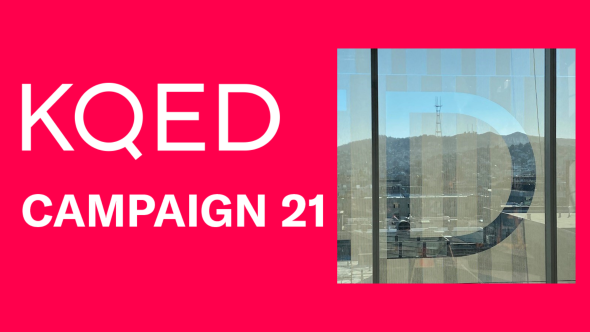Adhamina Rodriguez is the founder and CEO of AR Green Consulting, a women-owned business in San Francisco chosen to guide LEED certification planning and design for KQED’s new headquarters. Adhamina teaches about sustainability at U.C. Berkeley and Stanford University and was featured by the 2017 Pledge 1% “Women Who Lead” for creating change within her community and workplace. We asked Adhamina to walk us through some of the green highlights of the new 2601 Mariposa St. building and why sustainability matters to the community.
KQED: What are the environmental advantages in KQED's choice to redesign our current building rather than move to a new location?
AR: Building reuse is the most effective strategy to reduce the environmental impact of buildings because it avoids the burden of the manufacturing process of new construction materials. It is common to talk about the carbon emissions of an operational building, associated mostly with its energy use and refrigerants releases. However, the embodied carbon of a building is as important as its operational carbon. The embodied carbon is the sum of all the greenhouse gas emissions resulting from the mining, harvesting, processing, manufacturing, transportation and installation of building materials. Reusing an existing structure greatly reduces the need of new materials manufacturing/install and therefore, the overall carbon footprint of the project.
